Optimal Timing for Metal Steps Repairs
Determining the optimal time for metal steps repairs involves considering weather conditions, material durability, and usage patterns. Temperate seasons with moderate temperatures and low humidity often provide the best environment for repairs, reducing risks of corrosion and ensuring proper adhesion of coatings and sealants. Performing repairs during these periods can extend the lifespan of the steps and minimize disruptions.
Inspect metal steps for rust, corrosion, cracks, or structural weaknesses before planning repairs.
Select a season with mild weather to ensure optimal conditions for repair work and curing processes.
Clear the surrounding area and remove debris to facilitate effective repairs and safety.
Apply rust inhibitors, weld or replace damaged sections, and seal surfaces as needed.
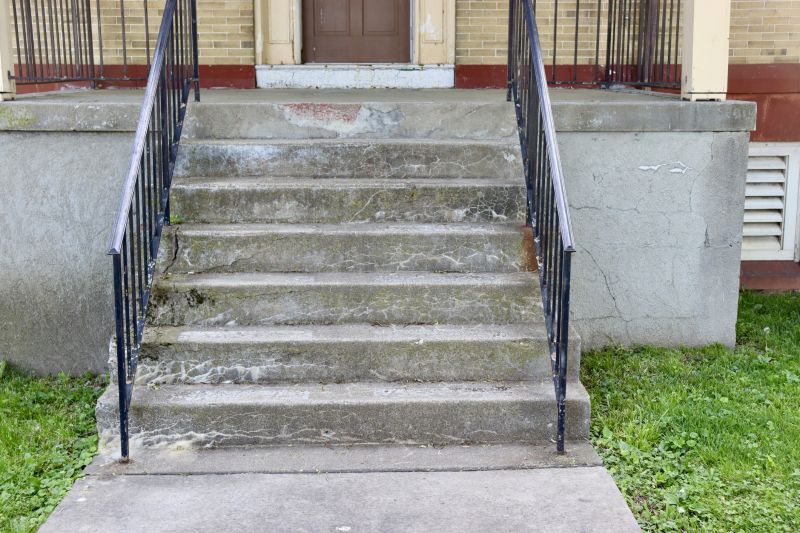
Spring offers mild temperatures and low humidity, ideal for repairs and coating applications.

Summer provides warm weather, but high humidity can affect curing times; proper planning is essential.
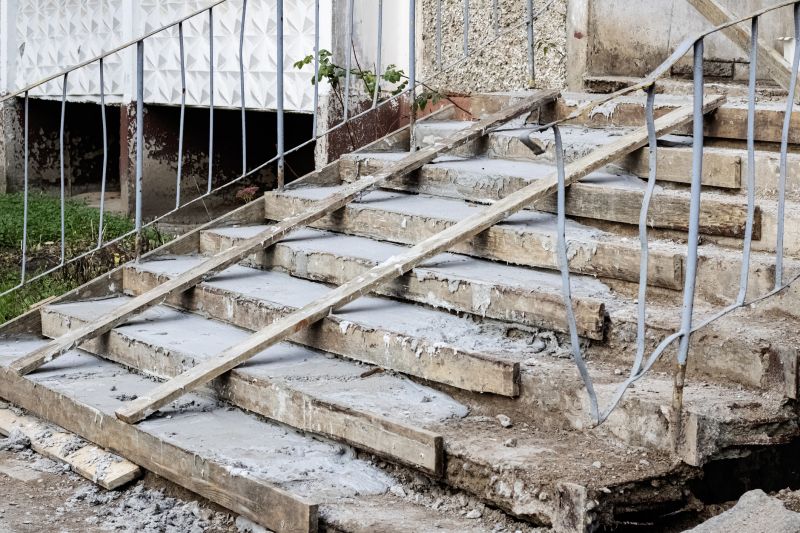
Fall's moderate temperatures and lower precipitation make it suitable for repairs before winter.

Ways to make Metal Steps Repairs work in tight or awkward layouts.
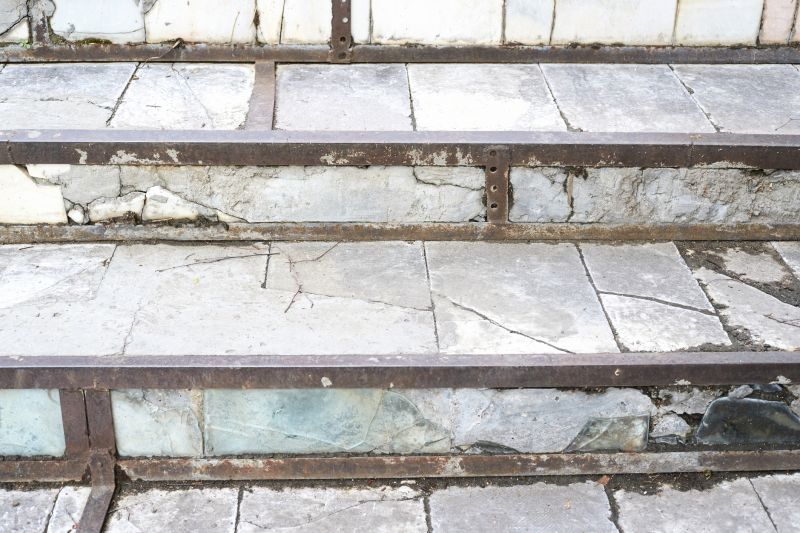
Popular materials for Metal Steps Repairs and why they hold up over time.

Simple add-ons that improve Metal Steps Repairs without blowing the budget.
| Season | Advantages |
|---|---|
| Spring | Mild temperatures, low humidity, optimal for coating and rust treatment. |
| Summer | Warm weather accelerates drying, but high humidity may require timing adjustments. |
| Fall | Cooler temperatures and less rain provide good conditions for repairs. |
| Winter | Generally unsuitable due to cold temperatures and moisture, which hinder curing and may cause further damage. |
Metal steps are exposed to environmental elements that can lead to corrosion, rust, and structural deterioration over time. Timely repairs are essential to maintain safety and functionality. Proper planning around seasonal weather conditions ensures that repair materials cure correctly and that the steps remain durable. Regular inspections and maintenance can prevent minor issues from escalating into costly repairs or replacements.

Removing rust is crucial before applying protective coatings to extend the life of metal steps.

Welding damaged sections restores structural integrity and safety.
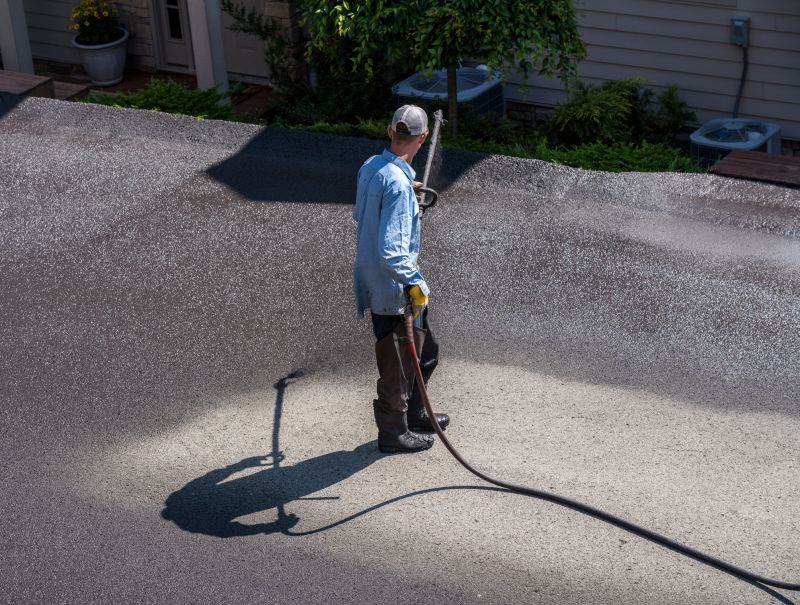
Sealers and paint help prevent future corrosion and weather damage.

A thorough examination ensures repairs meet safety and quality standards.
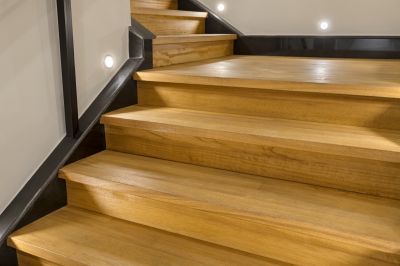
High-end options that actually feel worth it for Metal Steps Repairs.
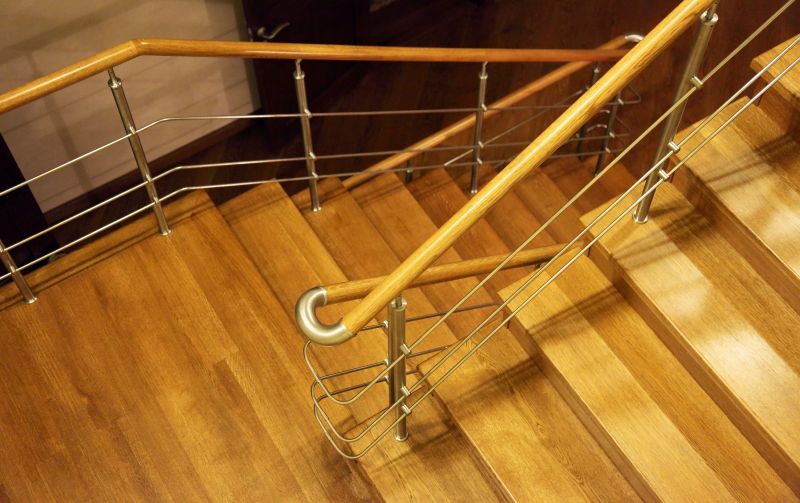
Finishes and colors that play nicely with Metal Steps Repairs.
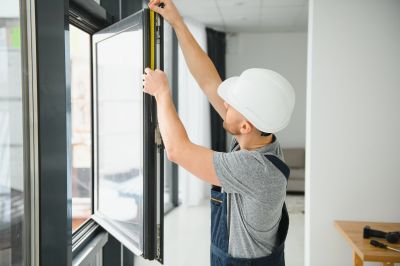
Little measurements that prevent headaches on Metal Steps Repairs day.
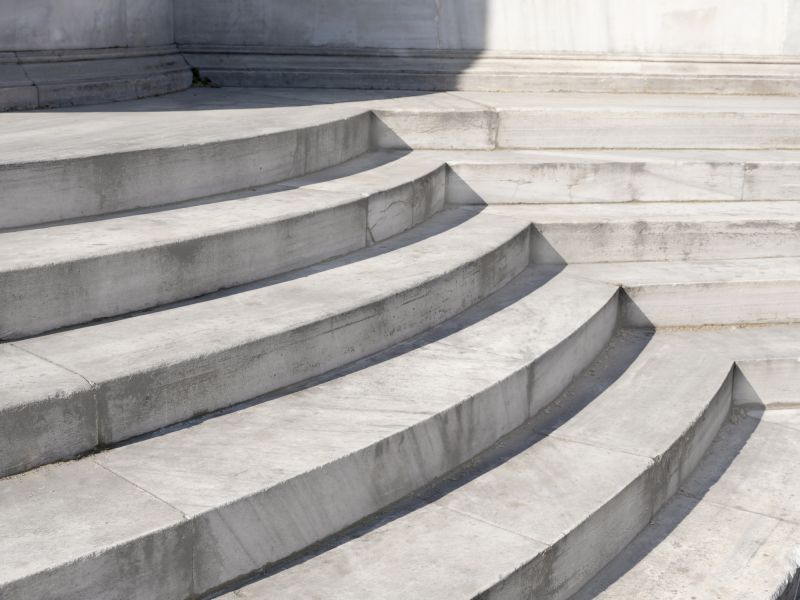
A 60-second routine that keeps Metal Steps Repairs looking new.

A frequent mistake in Metal Steps Repairs and how to dodge it.
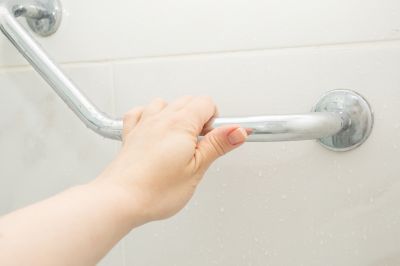
Small tweaks to make Metal Steps Repairs safer and easier to use.

Lower-waste or water-saving choices for Metal Steps Repairs.
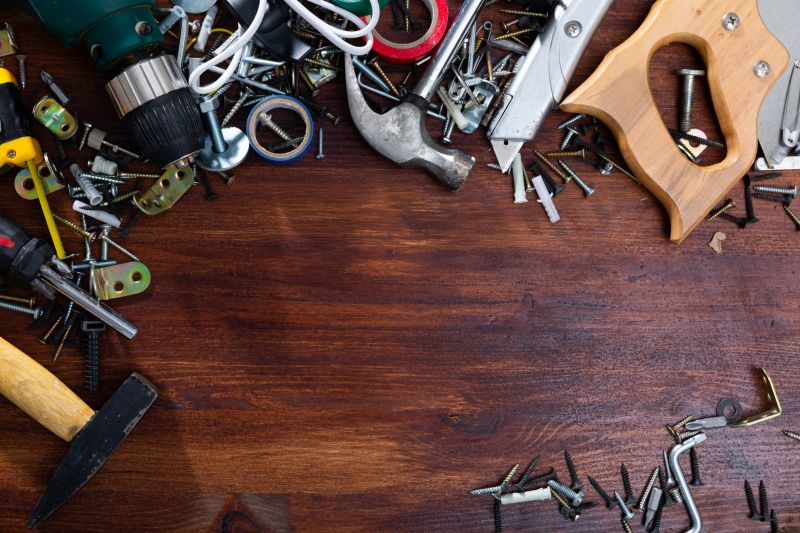
The short, realistic tool list for quality Metal Steps Repairs.
Interested in metal steps repairs? Filling out the contact form can provide additional information and assistance tailored to specific needs. Proper timing, preparation, and execution are vital for ensuring the longevity and safety of metal steps, especially when scheduled during optimal seasons for repair work.



